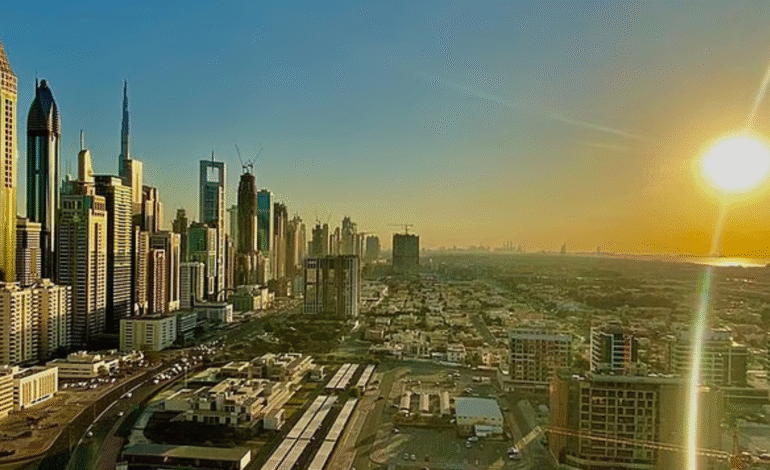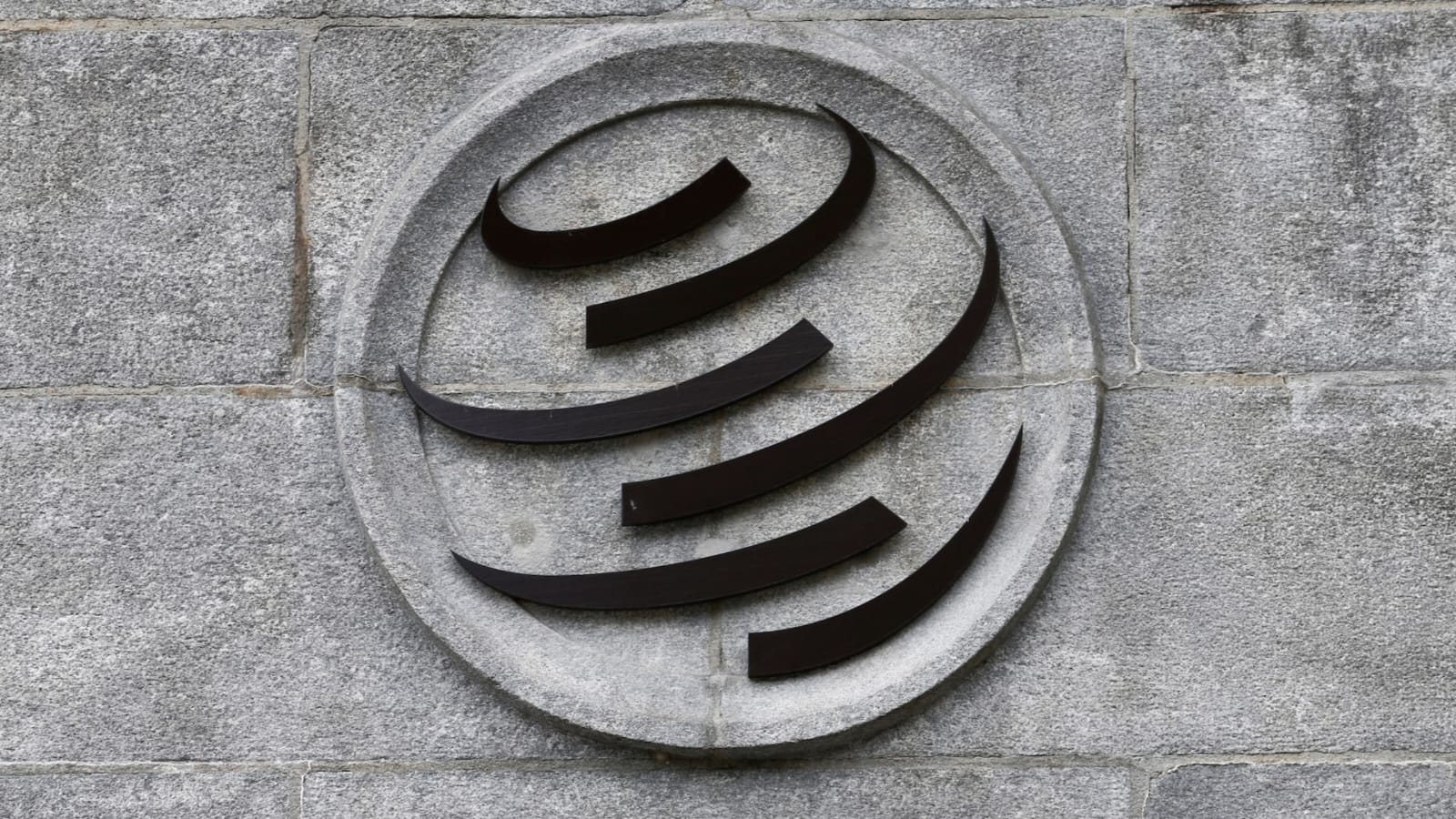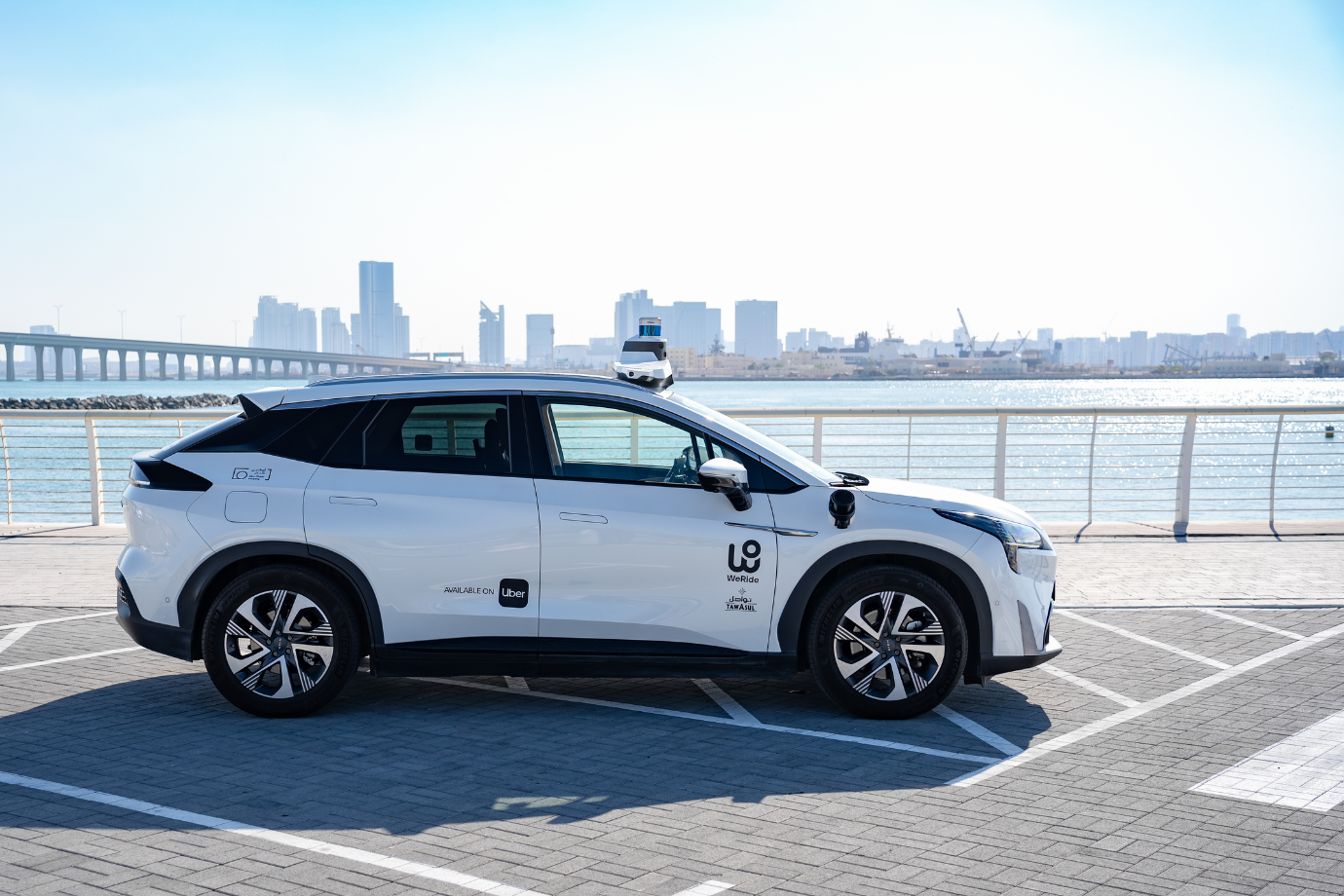UAE Swelters at 48°C in Mezaira, NCM Warns of Heat

The United Arab Emirates experienced a scorching afternoon on Sunday, as the mercury soared to a staggering 48°C in Mezaira, a desert town located in the Al Dhafra region. The temperature, officially recorded at 2:45 PM by the National Center of Meteorology (NCM), marked one of the hottest days this year and a clear sign that the UAE summer has fully arrived.
Located in the country’s western interior, Mezaira frequently ranks among the hottest locations in the Emirates. The town’s desert geography, sparse vegetation, and inland positioning make it susceptible to extreme daytime heating. While high temperatures are typical for July and August, this early-season peak indicates that the UAE may be heading into a particularly intense summer.
Such temperatures pose not only immediate health concerns but also long-term implications for energy usage, infrastructure durability, and environmental conditions. The reading reflects broader regional heat trends and serves as a stark reminder of the challenges posed by rising global temperatures.
NCM Forecast: Partly Cloudy Skies with Coastal Developments
According to the National Center of Meteorology, the weather outlook for today includes partly cloudy skies over several parts of the country. Low clouds are expected to gather along the eastern coast during the early hours, offering a brief period of cooler skies for residents in those areas.
While cloud formation in coastal regions may bring temporary relief from the sun’s intensity, it does not indicate a broader weather shift. In fact, meteorologists emphasize that such clouds are typical during early summer mornings and are unlikely to bring precipitation or major cooling effects inland.
Humid Nights to Persist Along Coastline Through Tuesday Morning
Humidity levels are forecast to rise significantly during the night and early morning hours, especially in coastal cities such as Abu Dhabi, Dubai, Fujairah, and Ras Al Khaimah. The shift from dry desert heat during the day to sticky humidity overnight is a common pattern during UAE summers, and this transition can make nights particularly uncomfortable.
When humidity levels increase, the body’s natural cooling process—evaporation of sweat—becomes less effective. As a result, even moderate temperatures can feel hotter than they are. The “feels-like” temperature in these coastal areas is expected to exceed 40°C overnight, making conditions especially challenging for those without adequate indoor cooling.
Light to Moderate Winds Accompanying the Heatwave
The meteorological forecast also includes light to moderate winds blowing from the northwest to southwest at speeds of 10 to 25 kilometers per hour, with occasional gusts reaching 35 kilometers per hour. These wind conditions are generally calm but could stir up light dust in open desert areas, briefly impacting visibility and air quality.
In rural and semi-urban zones, the dust particles carried by the wind may contribute to respiratory discomfort for those with asthma or other breathing conditions. While the winds offer minimal relief in terms of cooling, they play an important role in the dispersion of atmospheric pollutants and the formation of local weather patterns.
Urban areas like Dubai and Abu Dhabi are not expected to face major wind-related issues. However, pedestrians and motorists in open terrain may feel the effect of occasional gusts.
Calm Seas Forecast in the Arabian Gulf and Sea of Oman
The NCM has projected calm to slight sea conditions in both the Arabian Gulf and the Sea of Oman. Wave heights are expected to remain low, making the environment favorable for marine activities such as fishing, ferry services, and recreational boating.
However, rising humidity levels over the sea could trigger early morning mist or sea fog, particularly near ports and coastal waters. This could affect visibility for marine navigation, especially for smaller vessels or leisure crafts operating at dawn. Maritime authorities typically monitor these conditions closely and issue navigation alerts if visibility becomes a concern.
Sea surface temperatures, already elevated due to prolonged daytime heating, are also contributing to moisture levels in coastal air masses. This can lead to a persistent humid feel in cities bordering the sea, especially during evening and early morning hours.
Public Health Advisory: Managing Heat Stress and Sun Exposure
With daytime temperatures nearing 50°C in some regions, the risk of heat-related illnesses is considerably high. The Ministry of Health and Prevention, in coordination with the NCM, has advised the public to limit outdoor activities during peak sunlight hours, especially between 12 PM and 4 PM.
Exposure to such extreme heat can lead to dehydration, heat cramps, heat exhaustion, or even life-threatening heatstroke. Symptoms such as dizziness, nausea, muscle weakness, and excessive sweating should not be ignored and require immediate cooling and hydration.
Young children, the elderly, and people with pre-existing health conditions are particularly vulnerable to these effects. Ensuring adequate indoor ventilation, access to water, and shaded environments is essential during periods of elevated heat.
For outdoor workers in industries like construction and landscaping, the midday break policy remains in effect. This government-mandated regulation ensures that no labor-intensive work takes place under direct sunlight during the hottest part of the day. Compliance with this policy is critical to worker safety and public health.
Heatwaves and Infrastructure: Impact on Energy, Roads, and Urban Living
Extreme temperatures exert a heavy load on urban infrastructure. As air conditioners and cooling systems run around the clock, demand on the electricity grid rises sharply, especially in residential buildings, malls, and industrial zones. This can lead to localized power fluctuations and elevated energy bills.
Transport infrastructure is also vulnerable. Prolonged heat exposure can soften asphalt surfaces, causing roads to buckle or degrade faster. Similarly, railways and airport tarmacs may experience thermal expansion, leading to structural stress or minor surface damage.
Water consumption tends to spike during such hot spells, placing additional pressure on desalination plants and water distribution networks. Municipalities across the UAE are working to ensure uninterrupted water and energy supplies during this period.
To counter urban heat stress, cities have introduced green infrastructure such as shaded walkways, cooling stations, and increased greenery. These strategies help mitigate the urban heat island effect and provide some respite to pedestrians and outdoor shoppers.
Environmental Impact and Climate Considerations
Persistent high temperatures, like those seen in Mezaira, also pose ecological challenges. Natural habitats for desert wildlife—such as oryx, gazelles, and reptiles—are under strain during extreme heat. Without sufficient shade and access to water, many species become nocturnal or retreat into burrows to survive the worst of the heat.
Urban gardens, trees, and landscaped areas require more frequent irrigation, increasing municipal water consumption. Over time, prolonged exposure to high temperatures can degrade soil quality and affect plant resilience, particularly in non-native ornamental flora.
Staying Informed: NCM Advises Continuous Monitoring
The National Center of Meteorology continues to monitor atmospheric conditions across all emirates and advises residents and travelers to remain updated via its official platforms. The NCM’s mobile app and social media channels provide real-time updates on temperature changes, fog alerts, wind speeds, and marine conditions.
In coordination with local municipalities and emergency services, the NCM plays a vital role in maintaining public safety during extreme weather episodes. Daily forecasts are also available through radio broadcasts, airport screens, and highway signage for added accessibility.








3 Comments
[…] luxury destination. The partnership with homegrown brand Coco Jalila reflects a growing trend of UAE-based brands entering the global stage. This supports the local economy while reinforcing Dubai’s […]
[…] It’s Wrong: Dehydration, worsened by long flights and dry airplane air, leaves skin dull, flaky, and prone to irritation. A […]
[…] fragrances are ideal for UAE summers because they blend freshness and elegance, cutting through the heat without feeling heavy. Unlike […]
Comments are closed.